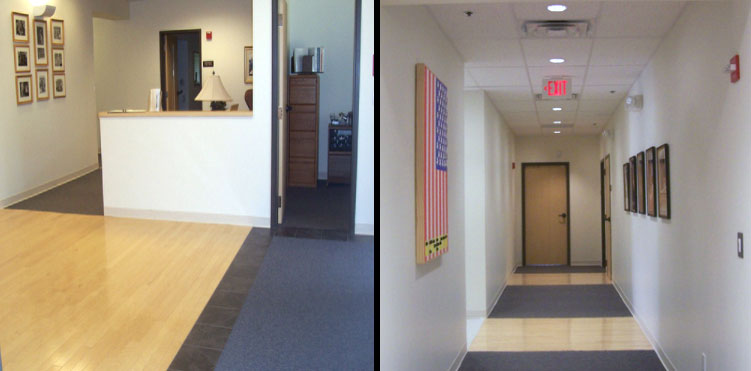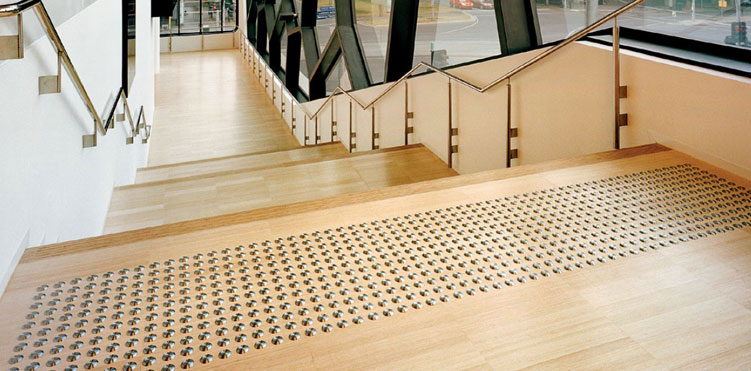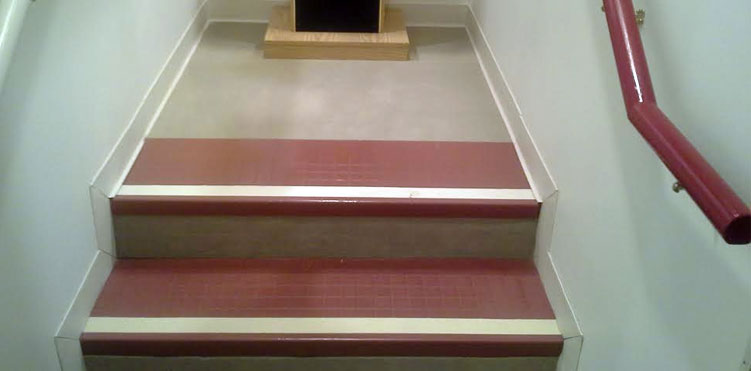As soon as we hear the word ‘accessible’ we visualize wheelchair and ramp. But it is a fact there are disabilities other than locomotor disability and accessibility extends beyond ramps. Although there are a very few wheelchair accessible houses the idea of wheelchair-accessible house sounds really common. But the term ‘accessible house for visually impaired person’ sounds something impossible or non-existent like the platform number 9¾ (of the Harry Potter series).
There are many things that we can do to make our home friendlier for a person with visual impairments. Small modifications can prove a big step towards making a visually impaired family member more self-dependent and confident. In this article we will be discussing the small but yet big changes that you should make in your house to make it accessible for a visually impaired person. We are classifying these modifications in five broad categories for the sake of convenience.
Pay attention to the lighting system in your house
It is a common misconception that person with visual impairments do not need light or they are not affected by darkness. Light is very important factor for most of the persons with visual impairments. Not all such persons completely lack sight. Most persons can detect light and dark to varying degree. So what are you supposed to do to ensure good lighting system for persons with visual impairment?
- Keep the places like hallway, stairs and entrance well lit.
- Lights should not create glares as it makes most of the visually impaired persons uncomfortable.
- Rooms should have windows to allow plenty of natural light into the rooms. But they should also be equipped with blind-fold curtains to adjust the amount of light over the day.
- All lights in the house should be at same height to avoid unnecessary shadow formation that can confuse a person with visual impairment.
- Lights should also be installed in closets or cupboards. And the lights should be placed in such a way that the light falls on the things to be viewed rather than at the face of the person.
- Screens like computer and television should be kept at a place where light does not directly fall on the screen because this would produce glare.
Pay attention on creating color contrast all over the house
Persons with visual impairment find it easy to locate something if it is contrasting with the background. Simply using contrasting color scheme in your house will make things easier for a family member who is visually impaired.
- Door knobs should be of contrasting color with the door.
- You should use dark switch plate if your wall color is light.
- Furniture should be of contrasting color from the background i.e. walls against which they are kept.
- Edges of every step of stairs should be painted with a contrasting color so that the person can know where the steps begin. A band of contrast color at the edges also allows a visually impaired person to have an idea of the height/depth of the steps.

- Edges of kitchen countertops and sink should also be painted in a contrasting color to allow a visually impaired person access to kitchen without bumping over the edges.
- Chopping board should be light colored one side and dark on the other side to allow visually impaired person cut fruits and vegetable of any color with ease. Finger caps can be worn to avoid cutting fingers accidentally.
- Wash-basin, commode, taps, shower knob, hanger etc. should not be of the same colour as the bathroom walls and floor tiles. In fact floor and walls should also be of different colors if not so the edges of floor meeting the wall should have a painted contrast color band. [more tips]

Give your home a tactile effect
Visually impaired person tend to be competent in using their sense of touch. Doctors also suggest a child with visual impairment to develop their sense of touch even if the child have usable vision power as in most cases vision does not remain same for lifetime.
- When you buy furniture, prefer buying the one with textured upholstery. This will enable a visually impaired person to recognize furniture in different rooms by their texture.
- Kitchen necessarily needs to be marked with tactile assistance system.
- Floors should not be patterned — especially strips and checks create confusion.
- Mark the switches by pasting embossed letter stickers so that the person with visual impairment can know it by touching. For example ‘F’ on a switch can tell the person the switch is for turning on/off the fan.
- Side rails of stairs should extend beyond first and last step of the stairs.
- Things of personal use for the visually impaired person should also be marked in a way that produces tactile effect. E.g. toothbrush of the person should be marked by tying rubber band around it… this way the person would be able to recognize her brush without any assistance.
- Clothes can have a certain embroidery mark so that they can differentiate it from others’ clothes on their own.

Make your home safe
Everybody needs to stay safe but persons with visual impairment are more prone to bumps and accidental falls. So if you have a family member with visual impairment then be extra cautious to make your home safe.
- Install grab bars wherever required. It is necessary near commode and shower to give safety to visually impaired person.
- Floor should not be cluttered and any spills should be immediately cleaned off.
- Don’t hang paintings or frames at the level of hands if the person with visual impairment uses walls to find their way around the house. Frames may fall and injure the person.
- Edges of carpet should be taped down to avoid tripping and falling.
- Floors should be skid-proof and non-glossy. A floor with shiny and glossy finish reflects everything and this may confuse a person with visual impairment.
So you see you can do so much to make life easier for a loved one who is living with visual impairment. Accessibility matters for all! Please share your ideas, experiences and more information with us! Thank you!
Use the citation below to add this article to your bibliography
"Making a House Accessible for a Visually Impaired Person." Wecapable.com. Web. October 22, 2024. <https://wecapable.com/adaptations-house-office-visually-impaired-person/>
Wecapable.com, "Making a House Accessible for a Visually Impaired Person." Accessed October 22, 2024. https://wecapable.com/adaptations-house-office-visually-impaired-person/
"Making a House Accessible for a Visually Impaired Person." (n.d.). Wecapable.com. Retrieved October 22, 2024 from https://wecapable.com/adaptations-house-office-visually-impaired-person/


Rounded corners on countertops help prevent bruises if bumped into.
Good point.